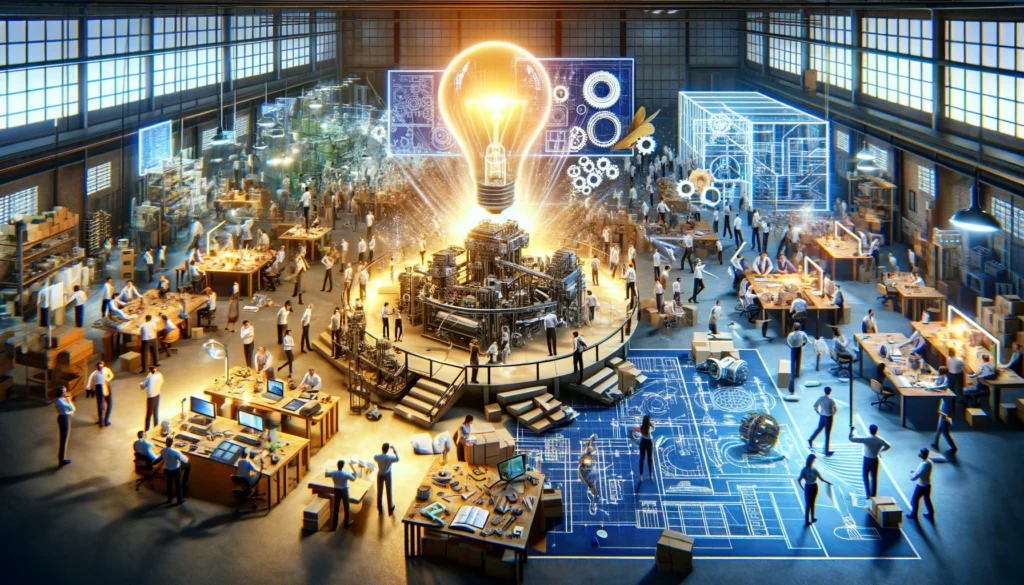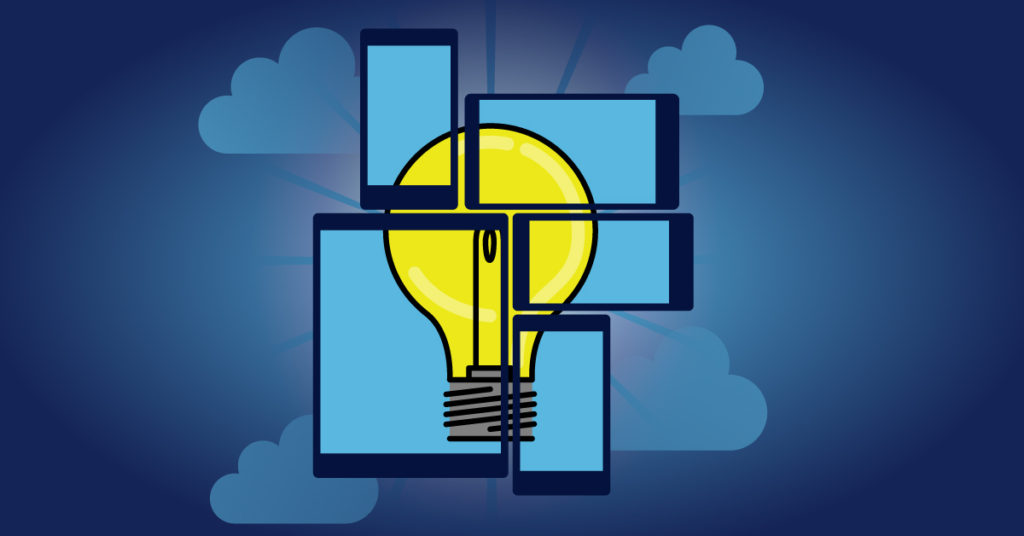
Navigating the Product Development Process: Balancing Innovation with Structure
In the world of original equipment manufacturers (OEMs), the journey of bringing an idea to market is fraught with decisions about which path to take: agile, waterfall, or something entirely unique. The question often arises: What does your product development process look like? However, in the rush to adhere to methodologies and checklists, we sometimes lose sight of the essence of innovation—just doing. History is replete with examples where the path to breakthroughs didn’t follow a rigid process but was rather paved with trial and error.
The Myth of a One-Size-Fits-All Process
The narrative of Thomas Edison’s 10,000 attempts to invent the light bulb or Steve Jobs’ unconventional approach to developing the Macintosh and iPad underscores a vital point: strict adherence to process doesn’t guarantee innovation. These stories exemplify that successful innovations often stem from the willingness to experiment and embrace failure. This isn’t to say that guidance and direction are unnecessary. On the contrary, having some “guide rails” is crucial, especially for those new to the field, such as recent engineering graduates. While they may possess the technical know-how, their unfamiliarity with the nuances of product development can lead to hesitation, missed deadlines, and failures.
Learning Through Failure
The real essence of any product development process should focus on rapid iteration and learning from failure. Eric Ries, in his Lean Startup methodology, emphasizes the need for a minimum viable product (MVP) not just in the market but also in testing, prototyping, and manufacturing stages. This philosophy underlines that success in product development is not about avoiding failure but about failing fast, learning, and iterating.
Culture Drives Process
Every company’s approach to product development will differ, shaped by its unique culture. The process adopted by an organization should enhance and reflect its cultural values. For instance, a company valuing flexibility might adopt a more relaxed process to foster serendipity and innovation. Conversely, a firm aiming for a more disciplined and timely execution might implement stricter processes with more defined milestones and checkpoints. It’s crucial to recognize that changing your process can significantly impact your organizational culture, for better or worse.
The Engine of Innovation
Innovation is not tethered to any singular process. Instead, it’s a serendipitous blend of collaboration, planning, and the occasional spark of genius. Encouraging an environment where failures are not just accepted but seen as stepping stones to learning is key. Open dialogue, regular check-ins, and practicing what you preach can cultivate a culture where innovation thrives.
Conclusion
For OEMs navigating the product development process, the takeaway is clear: balance is essential. While structure and processes are necessary to guide efforts and maintain focus, they should not stifle creativity and the potential for groundbreaking innovations. By fostering a culture that embraces trial and error, facilitates open communication, and adapts processes to match cultural goals, organizations can navigate the complex path of product development with agility and purpose.
Are you an OEM struggling to find the right balance in your product development process? Big Rocks Engineering can help. Our expertise in tailoring processes to fit your unique culture and goals ensures that innovation remains at the forefront of your efforts. Let’s innovate together—contact us today to learn how we can support your journey.
About the Author

Mike Hill is a seasoned engineer with a focus on helping OEMs navigate product development. He combines technical knowledge with practical strategies to achieve effective outcomes. Mike’s advice is grounded in real-world experience, aimed at simplifying the product development process for businesses. Connect on Linkedln.




